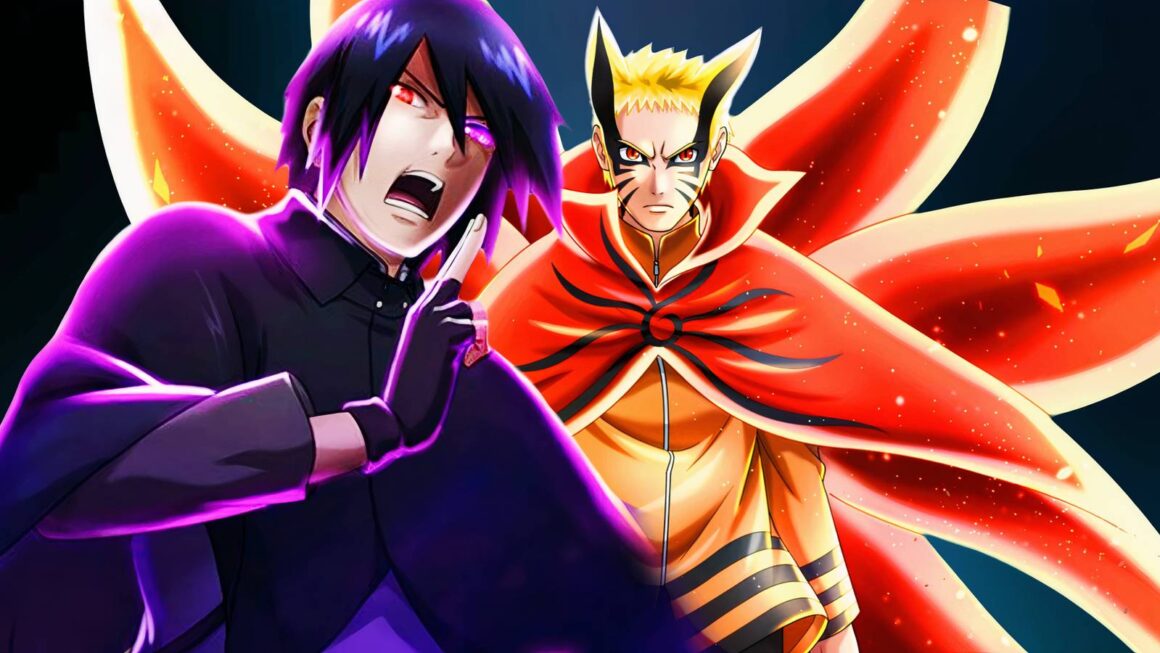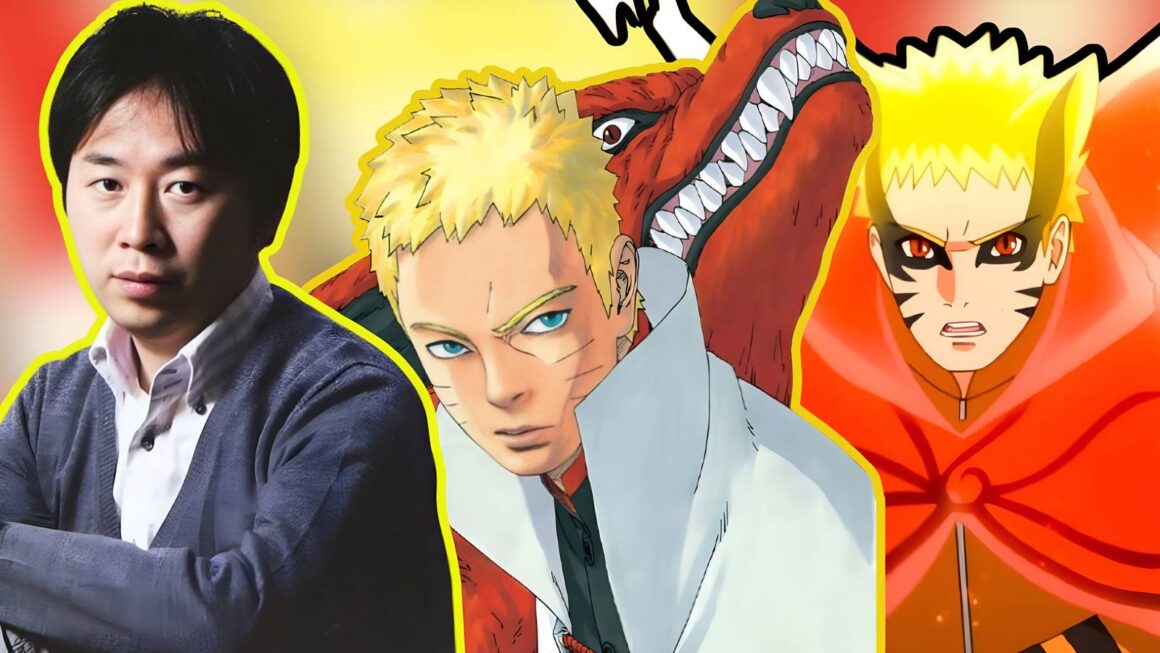
Abstract
- Nemesis methods supply enemies with grudges and evolving rivalries, enhancing gameplay depth.
- Video games like Wildermyth weave customized narratives by means of enemy interactions.
- Titles equivalent to Darktide introduce persistent enemy relationships for immersive experiences.
There’s one thing oddly private about watching a lowly grunt who as soon as ran screaming from a combat rise by means of the ranks and are available again with a brand new title, a flowery helmet, and a deep-seated hatred in your face. That’s the appeal of Nemesis system. Whether or not it’s dynamic rivalries that evolve over time or recurring antagonists that maintain a grudge prefer it’s their job, these video games don’t simply throw enemies at gamers; they offer them enemies with grudges, scars, and the receipts to show it.
Whereas the Center-earth: Shadow of Mordor/Struggle video games are nonetheless the blueprint, a number of different titles have taken the idea and warped it into their very own distinctive flavors. Some do it with procedural storytelling, others with squad politics or persistent villains who in some way preserve surviving. Both approach, these six video games make each victory really feel a bit of extra earned—and each loss sting a complete lot deeper.
1
Center-earth: Shadow of Struggle
“I Know That Voice…” Mentioned Each Orc Ever
Orcs that bear in mind precisely how they have been humiliated 5 hours in the past? That’s not only a mechanic in Shadow of Struggle; it’s the complete expertise. The sport took the whole lot Shadow of Mordor launched and inflated it like a bloodstained balloon, including fortress assaults, rival tribes, and orcs who now come again from the useless simply to brag about it. One time, a seemingly useless Orc rose from a pit with a metallic jaw welded to his face, muttering about betrayal like a Shakespearean villain. And sure, he had a title. “Gash the Undying.” It caught.
However, what actually made Shadow of Struggle wild wasn’t simply the number of personalities or the absurdity of orcs holding grudges like center schoolers; it was the best way the Nemesis system tied straight into gameplay. Betrayals occurred mid-battle, rivalries became energy struggles, and dominated orcs may flip sides based mostly on how badly they have been handled. And, whereas the gear grinding and microtransaction controversy did bitter issues for some time, the core system stays unmatched in its scale and chaos.
2
Center-earth: Shadow of Mordor
Hearth, Vengeance, and Orcish Profession Development
Earlier than its sequel threw in siege battles and orc poetry slams, Shadow of Mordor laid the inspiration. It was the primary time gamers weren’t simply preventing enemies, however have been managing grudges. Every Uruk had a reputation, a hierarchy, and an inclination to recollect the whole lot from the scar you gave them to how they managed to complete you off final time. And in the event that they killed you? They leveled up. Obtained stronger. Obtained cockier. Perhaps even rhymed about it.
The brilliance was in how unscripted all of it felt. You would burn an orc in a fireplace pit, just for him to indicate up later with half his face melted off and a wholly new set of techniques. It was revenge storytelling at its most natural. And, since nothing within the system was hard-coded, every participant had their very own distinctive net of rivalries that spiraled into chaos naturally. Shadow of Mordor would possibly really feel smaller than its sequel, however by way of uncooked mechanical impression, it modified how folks thought of enemy AI.
3
Warhammer 40,000: Darktide
“For the Emperor!”… or Perhaps Simply Revenge
At first look, Darktide looks as if a co-op horde shooter set within the grimdark future the place the whole lot bleeds oil and screams heresy. However, beneath the chainswords and physique horror, there’s a refined social system that tracks relationships throughout missions. Fail a mission, and a number of the bosses or elite enemies don’t simply disappear; they adapt. Some encounters evolve, sure particular models acquire persona quirks, and participant actions impression how recurring enemies work together.
What makes it extra intriguing is how Fatshark used the sport’s live-service construction to experiment with persistence. Updates have added mini-narratives and rival sub-factions that linger throughout story arcs. Whereas it’s not a full Nemesis system within the Monolith sense, there’s nonetheless a way of escalation. Veterans would possibly acknowledge sure elite enemies by title or habits, particularly after a number of shut calls. It’s all wrapped in 40K’s famously cynical tone, the place even your individual allies would possibly begin getting twitchy after too many errors.
4
Wildermyth
Heroes Die, however Their Tales Don’t
Few video games deal with character dying with as a lot class and consequence as Wildermyth. Right here, each warrior, mage, or farmer-turned-archer develops over time, not simply by means of stats however by means of procedurally generated occasions. When somebody dies, it’s not a checkpoint reload state of affairs—it’s a brand new narrative fork. And in the event that they survive too lengthy? They’ll retire, move on knowledge, or present up in a future marketing campaign, scarred however wiser.
The Nemesis-like twist occurs when villains or creatures grow to be recurring threats. Perhaps a monster kills a celebration member and escapes. In a later chapter, it returns, developed, now with a bone masks and a private vendetta. Or possibly a corrupted hero turns right into a boss in another person’s marketing campaign. It’s all a part of the sport’s tapestry-like reminiscence system that retains previous selections alive. As a substitute of mechanical revenge, Wildermyth opts for mythic echoes, turning rivalries into tales that really feel hand-written, even after they’re not.
5
Battletech (2018)
Punch an Enemy Mech Exhausting Sufficient, and It’ll Bear in mind
Battletech doesn’t have a Nemesis system within the conventional sense, nevertheless it does one thing simply as ruthless. Enemy pilots can survive battles, and in the event that they get away, they will return—angrier, higher geared up, and much more private. That long-range sniper who disabled half your lance earlier than retreating? Don’t be shocked if he reveals up two contracts later, this time with a heavier chassis and a grudge.
As a result of fight in Battletech is turn-based and hyper-tactical, each unit issues. When an enemy pilot you’ve got seen earlier than seems, it’s not simply beauty. They may goal particular models, deploy smarter, and even mock your earlier failure over comms. The mercenary contract system makes certain rivalries develop naturally, particularly throughout the late-game when faction politics and previous missions collide. It’s slow-burn storytelling at its grimiest, and when a recurring pilot lastly goes down, it seems like revenge baked into a technique handbook.
6
Watch Canines: Legion
“Oi, That’s the Hacker Who Took Me Nan’s Drone!”
It doesn’t take lengthy in Watch Canines: Legion earlier than some random Albion grunt you mildly aggravated returns the favor with a stun baton and a newfound interest of being your drawback. Whereas the system isn’t marketed as a full Nemesis-style function, it quietly simmers within the background. NPCs bear in mind how DedSec operatives handled them. Assist a civilian, and their cousin would possibly grow to be a recruitable hacker. Knock somebody out in public? Their uncle would possibly come after you later.
The brilliance is in how relationships persist by means of an online of interconnected Londoners. A personality you dismiss would possibly find yourself linked to somebody vital, and instantly, the town feels much less like a sandbox and extra like a dwelling spreadsheet of grudges. It’s not fairly as dramatic as orcs with flame swords and revenge poetry, nevertheless it’s sensible. Refined. And, when a recruit you have been certain would by no means forgive you finally ends up becoming a member of the resistance, it hits in another way.





